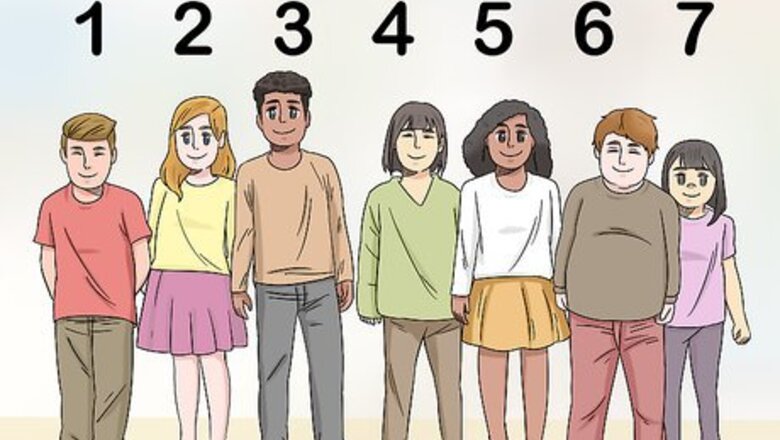
views
Playing Heads Up, Seven Up
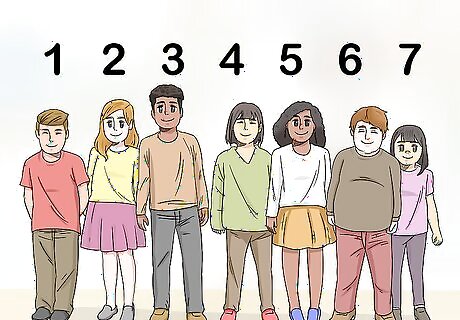
Choose seven students. Have the students stand in the front of the class. These students will be the pickers. Have the rest of the students put their heads down with their hands outstretched on their desks and their thumbs up. Have the students at their desks close their eyes and tell them that there is no peeking allowed. If you have students who tend to disrupt class or have trouble focusing, you may want to choose them to pick first. They’re more likely to get involved in the game if they feel like they’re your “helpers”. You can also have the students at the desk put their outstretched closed fist on the table without their thumb up. The important thing is that their hands are easily accessible to the pickers.
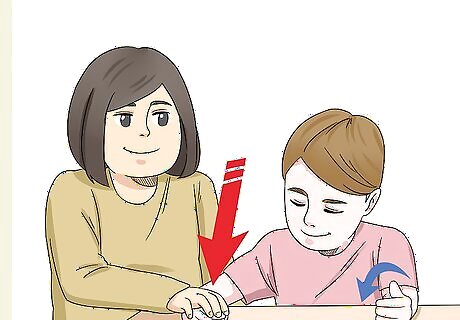
Have the pickers choose one student each. The pickers should walk around the classroom and each tap the thumb of a student with his or her head down. When a student’s thumb is tapped, that student puts their thumb down signaling to the rest of the pickers that he has already been picked. Children can only be picked once in a round. If the students have their thumbs down to begin with, they will put their thumb up when they are picked. Make sure the pickers are silent as they move around the room. They don’t want the student that they pick to recognize their voice.

Have your pickers say, “Heads up, seven up!” When the pickers say the name of the game in unison, the other students will open their eyes and lift their heads. Let the students who were picked take turns guessing who picked them. Trying to decide who picked them is good for a student’s reasoning skills. They can analyze all the pickers to see which one looks “guilty.” Students may at first think they were picked by their friends but be surprised that someone else has picked them.
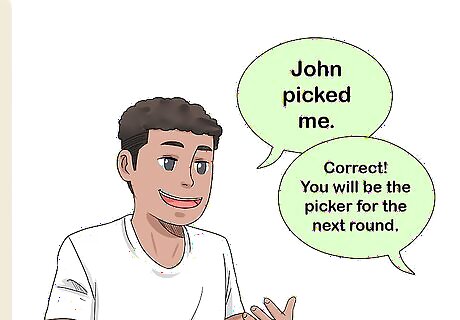
Switch your pickers. If a student guesses who picked them correctly, that student will be a picker in the next round. If the student guesses incorrectly, then the child who picked them will remain a picker in the next round. Make sure the pickers don’t give away who they have chosen until all the students have made their guesses.
Choosing One Child to Be “It”
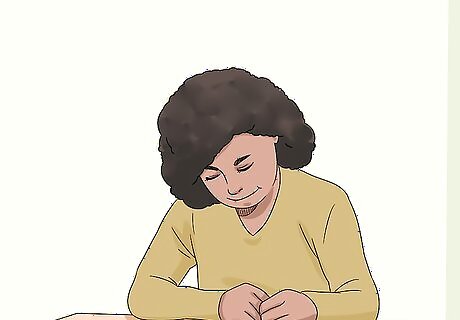
Instruct all the children to put their heads down and close their eyes. Make sure the children have their fists outstretched on their tables where they can be easily reached. As the teacher, walk around the classroom and tap one child on the hand. That child will be “it.” Make sure the child who is “it” does not talk after you have chosen them. You don’t want them to give away their identity to the rest of the class. You can encourage the kids to behave by saying things like, “I’m only going to choose a student who is being quiet and following all the rules.”

Select six more students. The student who is “it” will walk around the room and tap six other students on the hand. When a student is picked, that student will get up from their seat and walk to the front of the class. After everyone has chosen, the students in the front of the class will say, “Heads up, seven up!” and all the students at their desks will lift their heads up and open their eyes.

Let the children guess who is “it” Give the students at their desks a chance to examine the seven students in the front of the class. Tell them to raise their hands if they think they know which student is “it.” Select one student at a time, and let them tell you their guess. Keep selecting students until someone gets the answer right. Suspense will build as students are ruled out from being "it" by process of elimination. Be ready to calm your students down if they get overexcited. You can make the game more fun for the kids by giving a prize to the child that guesses correctly. Let the winner choose one item from a bag filled with assorted candy or small items like pencils and erasers.

Start the next round. Heads up, seven up is a very popular game and your students will likely want to play it several time. Try to play quite a few rounds so that everyone has chance to participate. Keep track of the children you have already chosen to be “it.” Try to give as many kids a chance to be “it” as you possibly can. You can also use the game as a reward for good behavior. Say things like, “If everyone is good today, we’ll play heads up, seven up for the last thirty minutes of class.”
Making the Game Educational
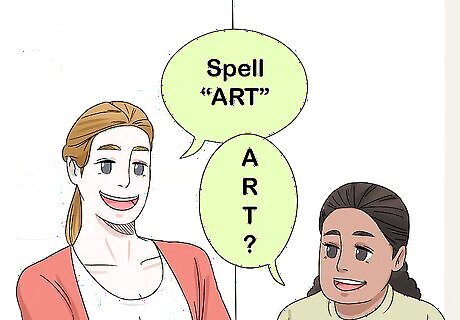
Spell a word. Play a normal game of heads up, seven up. However, instead of having the children identify who picked them, have the children spell a word. If the child spells the word correctly, then they get to be a picker for the next round. If they spell the word incorrectly, the picker remains the same. Be sure to use words that are appropriate for your students level of education. Make sure to use the same word until one of the students gets it right so all the other students can hear it spelled correctly. You can write the word on the board or projector after the students have spelled it to give your students a chance to review. You can also have all the students spell the word in unison after it is used.
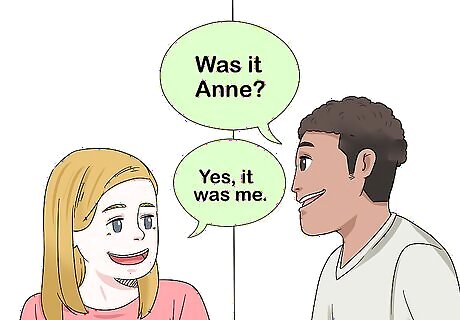
Work on grammar. If you’re an English teacher, you can make the game more relevant to your class by having the children use proper grammar. For example: Instead of just blurting out a name, have children ask, “Was it Anne?” Then Anne can reply, “Yes, it was me.” You can even have your students write their guesses on the board to work on their written grammar. Writing down their guesses can help your students learn how to write in complete sentences, when to use a question mark, and how to capitalize words.
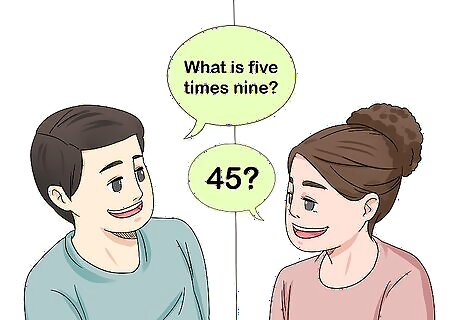
Solve a math problem. Have students who are picked answer a question about the math lesson that they’re currently learning. If your students are learning their multiplication tables, you might ask a question like “What is five times nine?” If the student gets the answer wrong, ask the next student the same question. If the student gets the answer right, they will be a picker for the next round. Either way, make sure to review the answer clearly to everyone in the class. Use questions with the appropriate difficulty level. You don’t want your kids to be bored with a bunch of easy questions, but you also don’t want them to be discouraged by questions that are too difficult. Repeat the rule that corresponds to each question after it is used. For example: For the question, “What is nine times five?” the answer would be forty-five. Say, “Remember that whenever a number is multiplied by five, the answer ends in five or zero.”
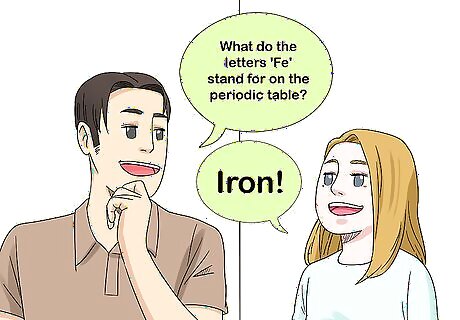
Ask a science question. Test your kid's knowledge of science. For example, If your students are learning about the periodic table of elements ask something like, “What do the letters 'Fe' stand for on the periodic table?” If the student answers “Iron,” allow them to be a picker for the next round. The game might run smoother if you write your questions on pieces of paper and place them in a hat. Let your students choose a question from the hat to answer when they are picked.




















Comments
0 comment